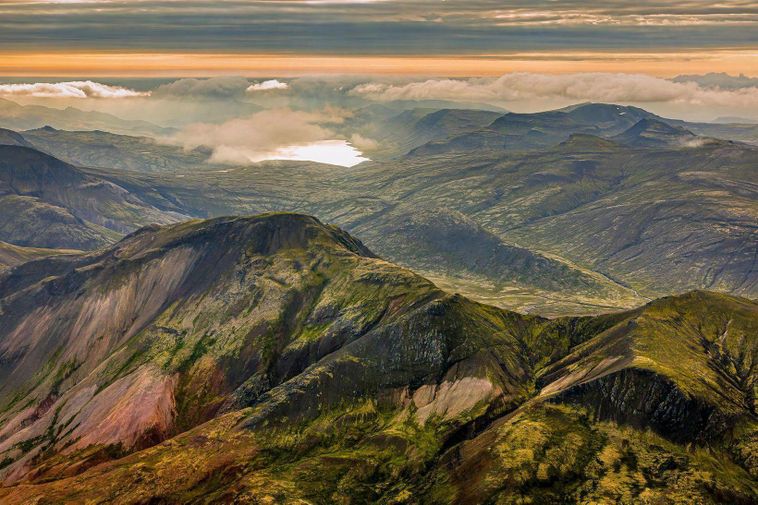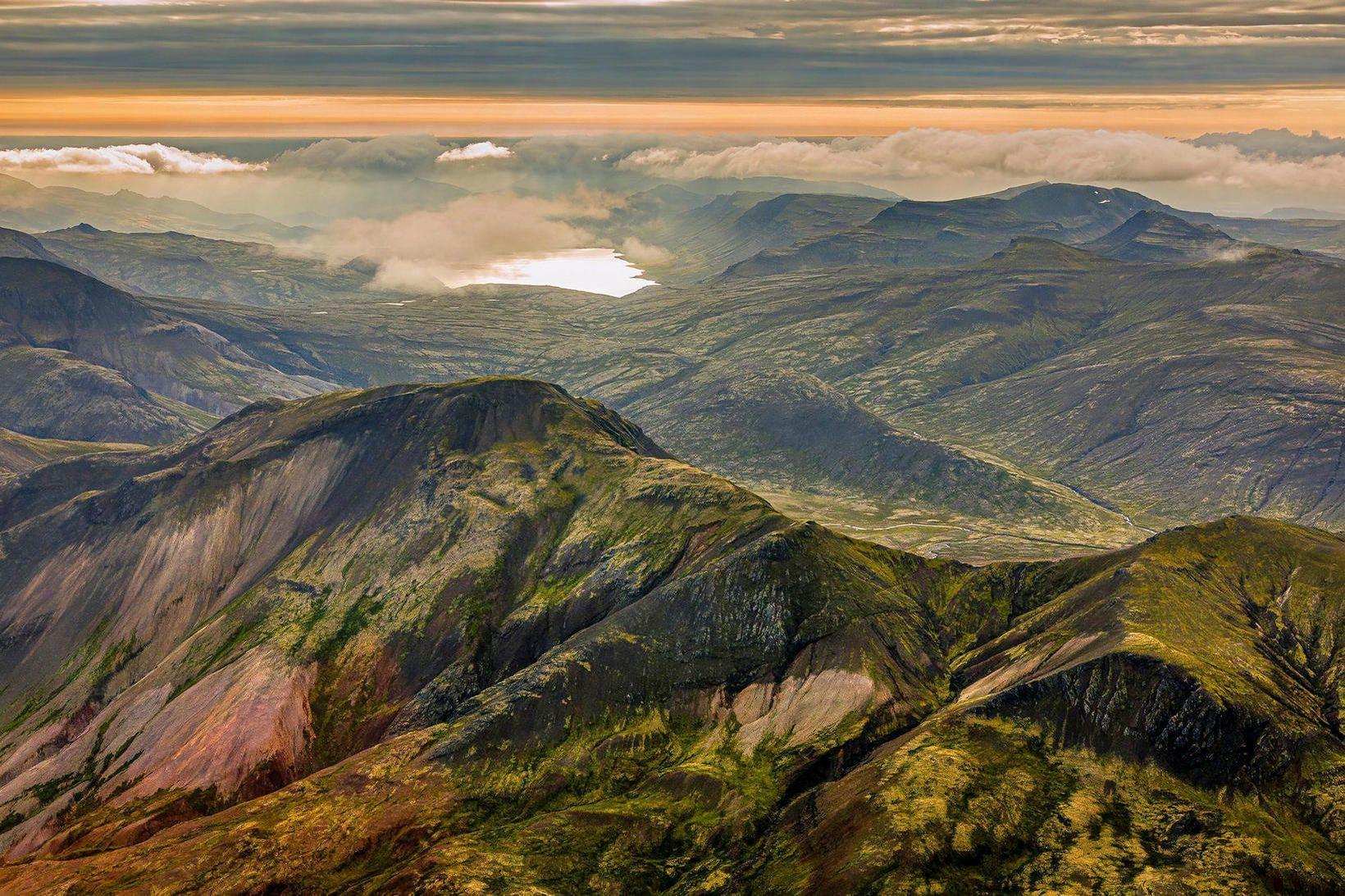Activity in the Ljósufjöll volcanic system has increased significantly in recent months.
mbl.is/Árni Sæberg
Þorvaldur Þórðarson, professor of volcanology, says he expects that an eruption in the Ljósufjöll volcanic system on Snæfellsnes may not be far off.
“What’s happening on Snæfellsnes, in my opinion, is that the system is preparing for an eruption. The seismic activity we’re seeing began at a depth of 20 kilometers and has now moved up to about 10 kilometers. It’s within that range,” Þórðarson told mbl.is.
Although there is no specific timeframe, he says an eruption could occur within a year or up to ten years — and that current activity suggests it could happen within two to three years.
Þórðarson explains that research shows magma from previous eruptions in the area also began accumulating at a depth of 20 kilometers before moving upward to 10 kilometers, where eruptions then occurred.
“When the magma reaches 10 kilometers depth, it’s essentially preparing for an eruption,” he says.
Snæfellsnes is an active volcanic belt
Þórðarson welcomes the increased monitoring of the area by the Icelandic Meteorological Office but says more detailed observation is still needed. He emphasizes that Snæfellsnes is an active volcanic zone — and although it may erupt less frequently than other volcanic belts in Iceland, it is still active and must be closely watched.
He stresses the importance of surveillance to detect and interpret changes in the area.
“We need more extensive measurements to monitor the area more effectively. This is an active region, and we must not forget that. If the current seismic activity, which started at 20 kilometers and now reaches up to 10 kilometers, is related to magma accumulation, then an eruption could be imminent.”

